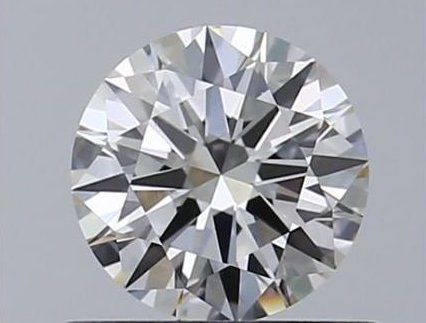Diamond Girdles: What You Need to Know
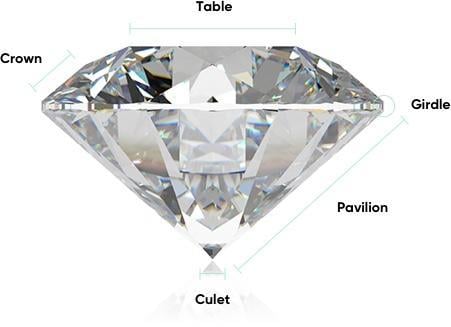
Every diamond has a girdle. Even though the girdle is a small part of your diamond, it has a big impact on its durability and cut quality.
What Is the Girdle of a Diamond?
The girdle is the widest part of the diamond that connects the table and crown to the pavilion. In certified diamonds, the girdle will have a unique laser inscription that ties to a grading report and helps identify the diamond.

Girdles can receive one of the following grades:
Extremely Thin
Very Thin
Thin
Slightly Thin
Medium
Slightly Thick
Thick
Very Thick
Extremely Thick
Since girdles are often not the same size throughout the diamond, you may see two different girdle grades in your diamond’s report. For example, the diamond below received a thick to very thick grade from the GIA:
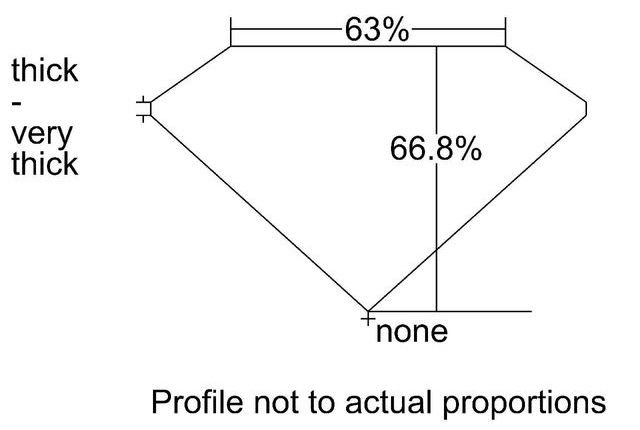
Diamonds that have an Extremely Thin or Very Thin girdle will be more susceptible to chipping. On the other hand, diamonds with an Extremely Thick or Very Thick girdle should also be avoided as they will affect the stone’s cut grade, light performance, and can contribute to a smaller-looking stone. Most agree that consumers should choose a diamond with a girdle in the range of Thin to Slightly Thick to ensure durability and optimal light return.
Diamond Girdle Types
There are 3 types of girdles:
- Faceted – a cut and polished girdle. Most modern diamonds have a faceted girdle. Faceted girdles give a diamond the best light performance.
- Polished – the girdle is polished, creating one large, clear facet. Some modern diamonds have a polished girdle. Polished girdles offer good light performance.
- Bruted – a rough, unpolished girdle that has a frosted appearance. Seen most frequently in antique diamonds. These girdles dampen a diamond’s light performance.
Diamond Girdle Reflection
If you view your diamond from the side, you may be able to see a girdle reflection. The girdle reflection is not an inclusion. Some mistakenly believe this is a crack in their diamond. If you can’t tell if your diamond has a girdle reflection vs a crack, take it to a jeweler who can assist you.
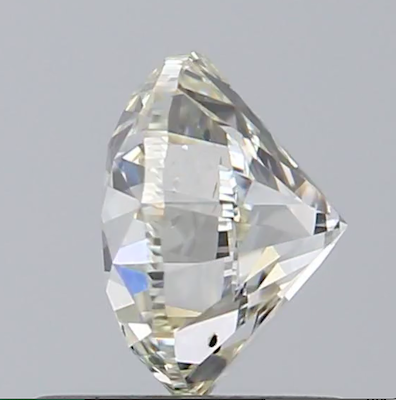
Do All Diamonds Have Girdle Reflection?
All round-cut diamonds have a girdle reflection to some degree due to their shape and how they reflect light. Round-cut diamonds with a Very Thick or Extremely Thick girdle will have a more obvious girdle reflection.
Is Girdle Reflection Bad?
Girdle reflection isn’t necessarily a bad thing as all round-cut diamonds have them. Most won’t even realize that their diamond has one, and certain settings can help hide the reflection. For example, this setting conceals most of the diamond’s pavilion where a girdle reflection would be seen.
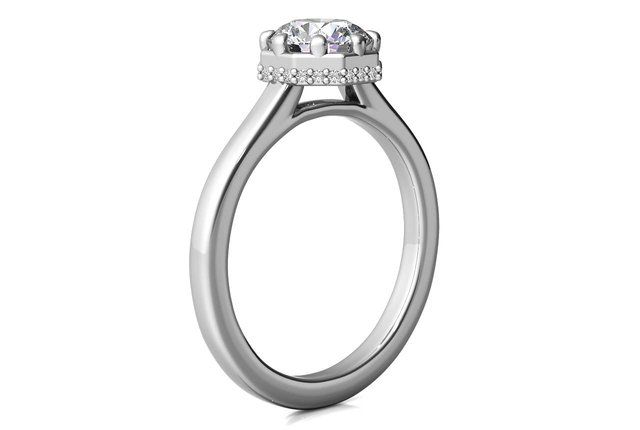
High-set prong engagement rings like the one below that show a lot of the diamond’s side profile won't hide the girdle reflection as well.
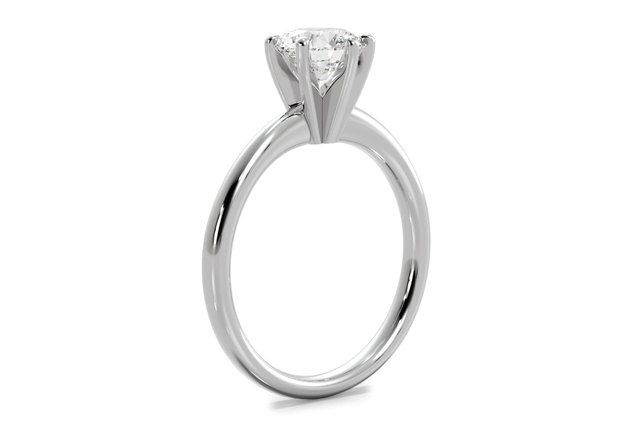
Are you ready to find the perfect diamond?
Up Next: What Does Eye-Clean Mean?


